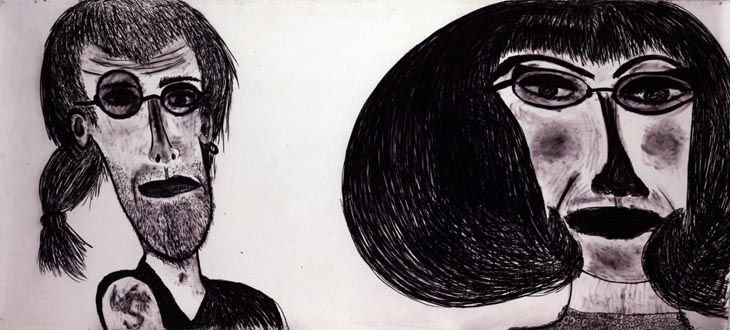
MMY0037_for_web.jpg)
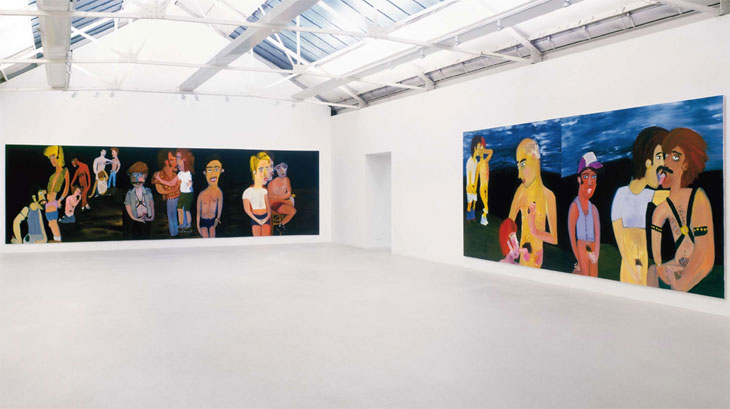
MMY0033_for_web.jpg)
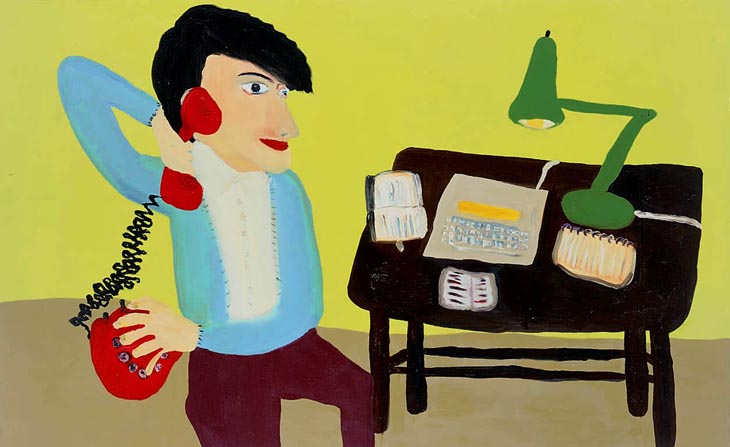
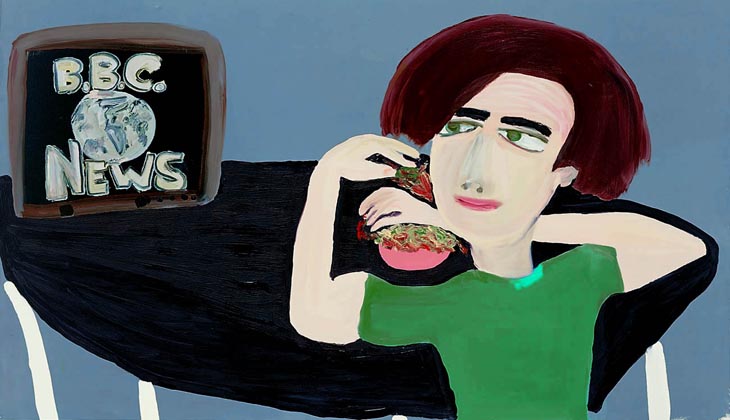
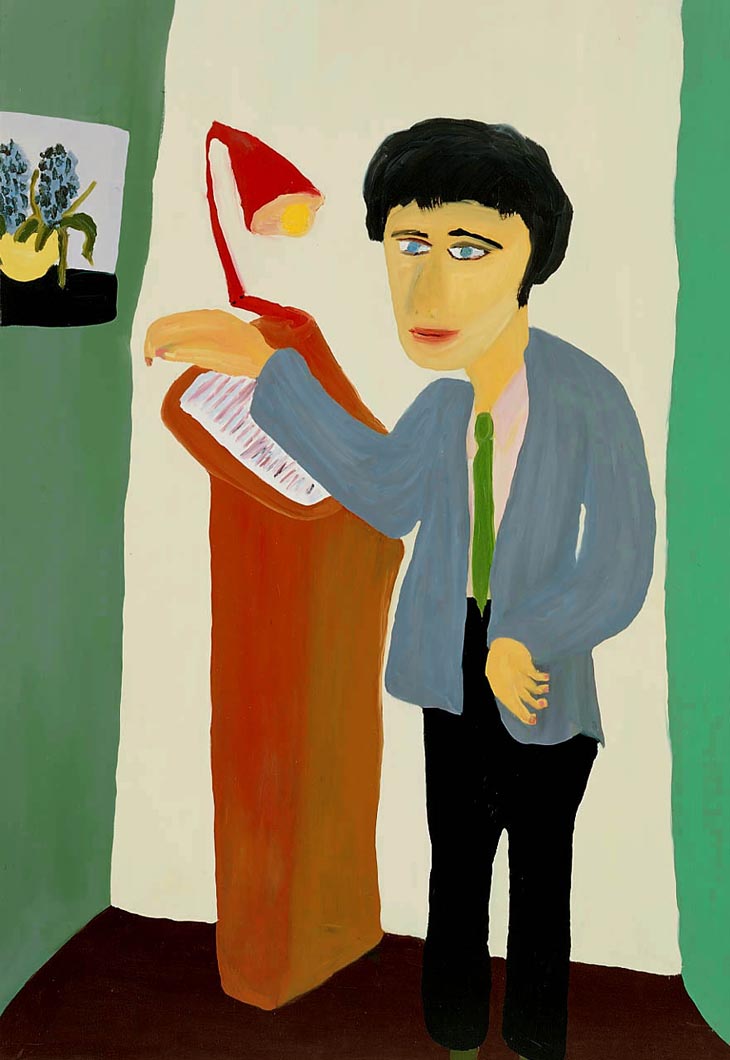

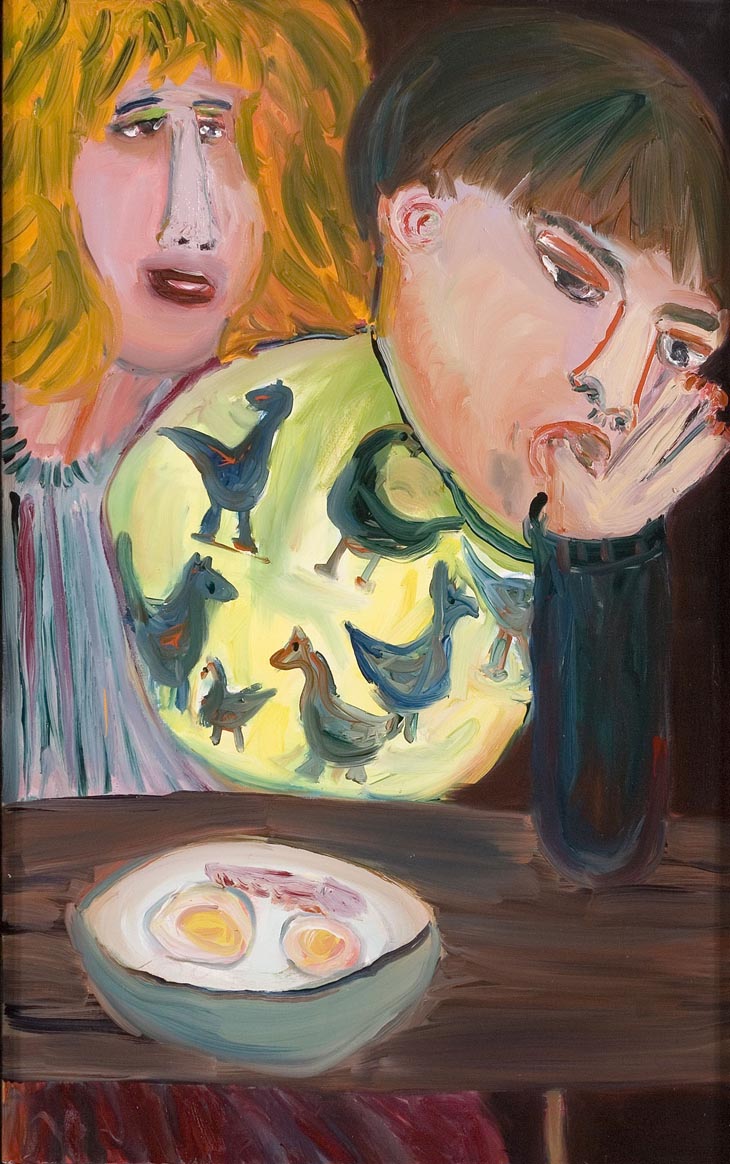

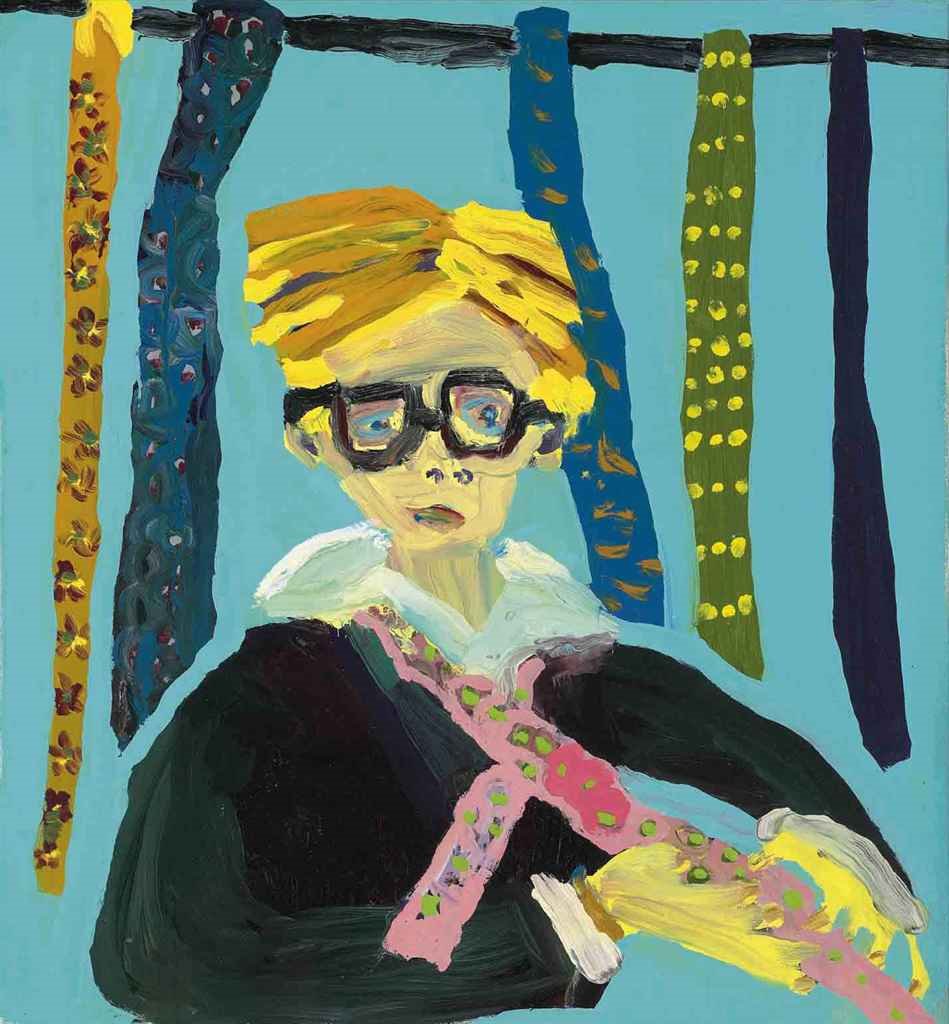
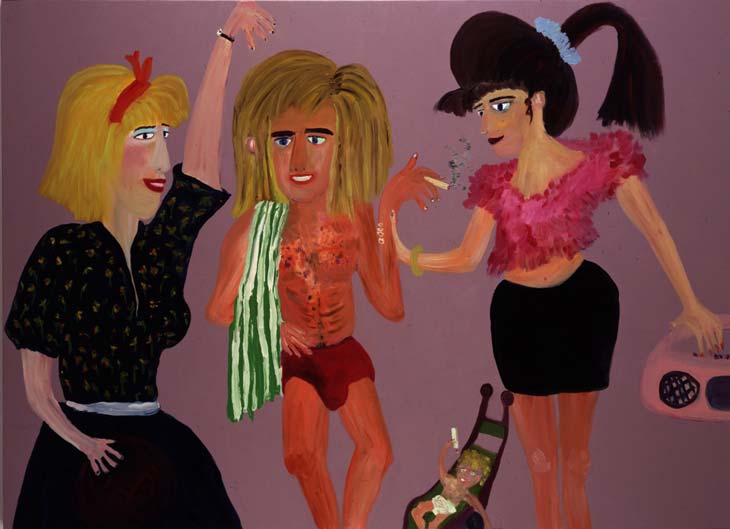


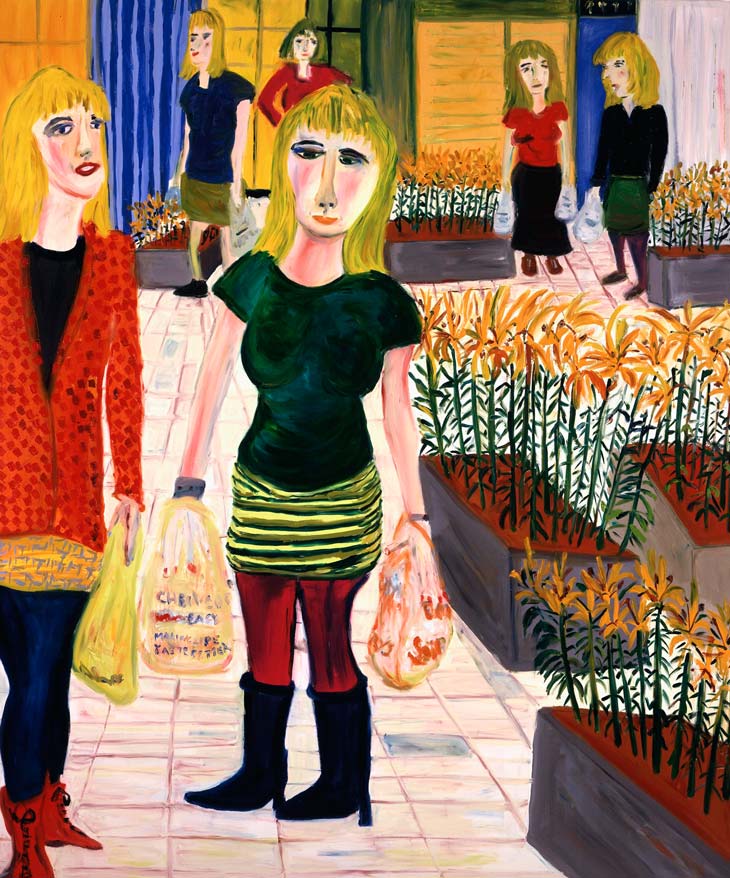
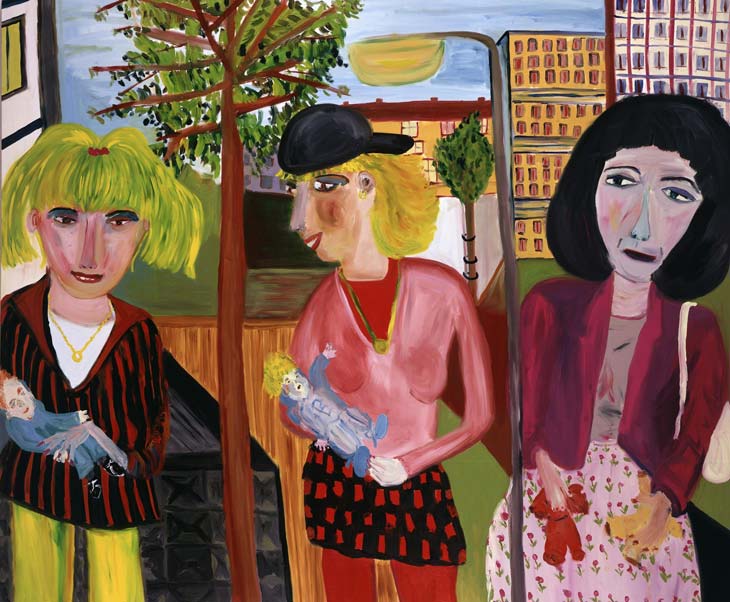
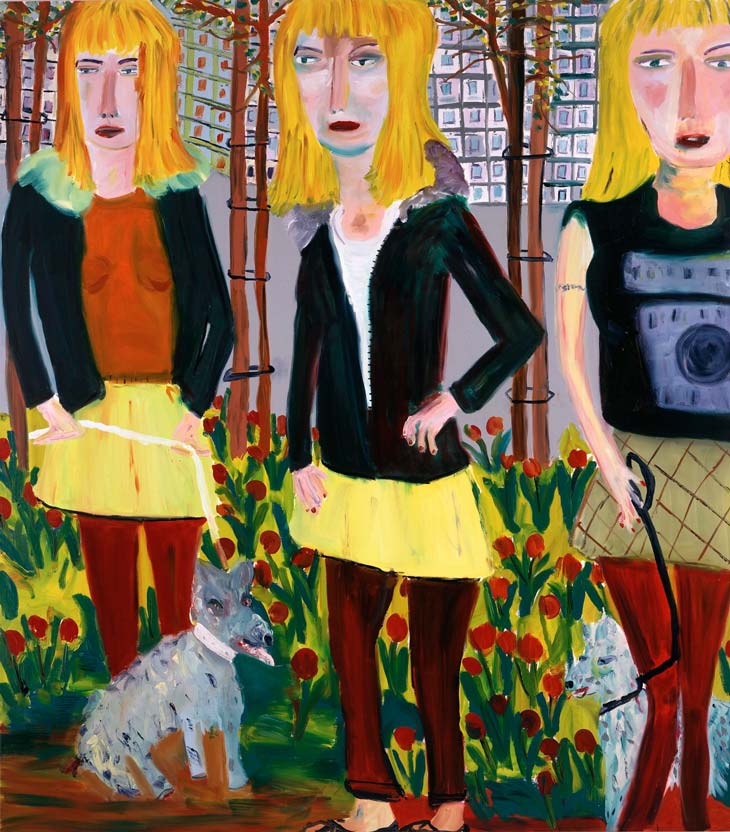


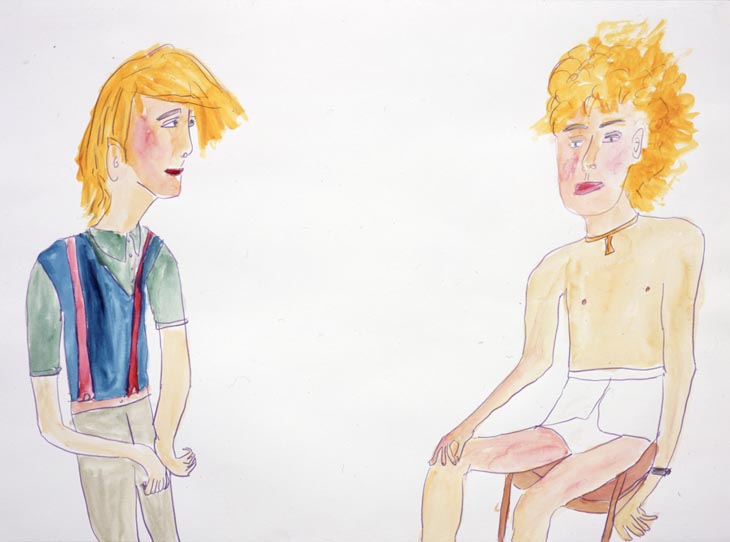

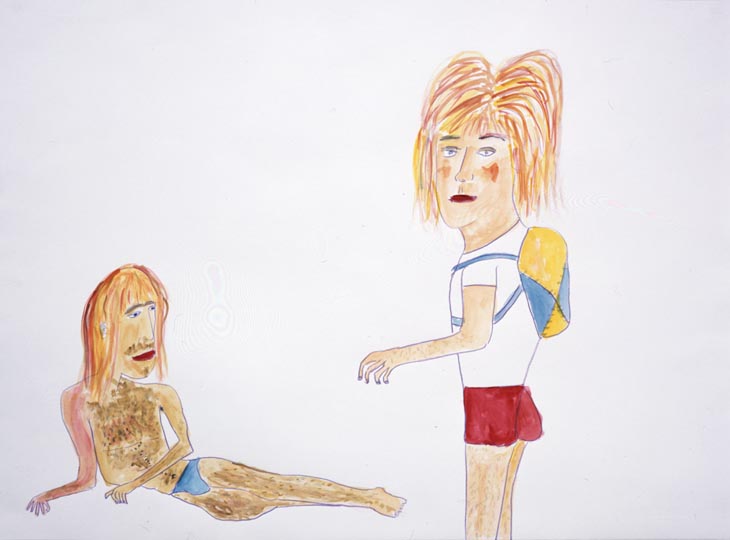
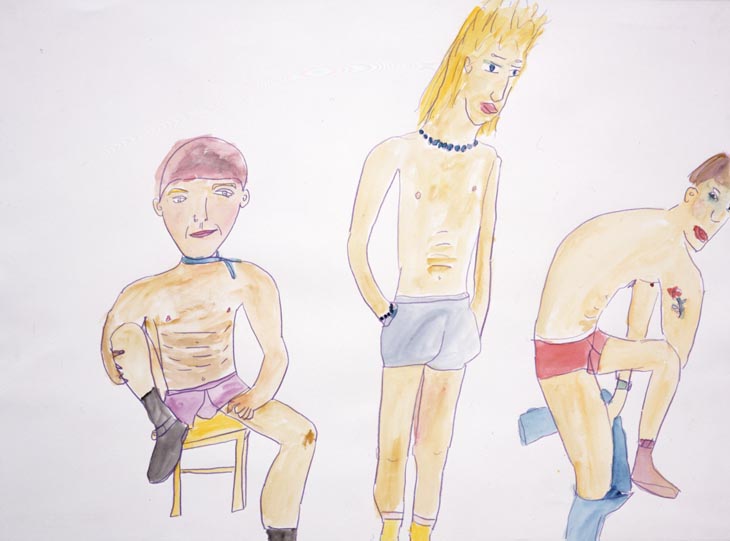
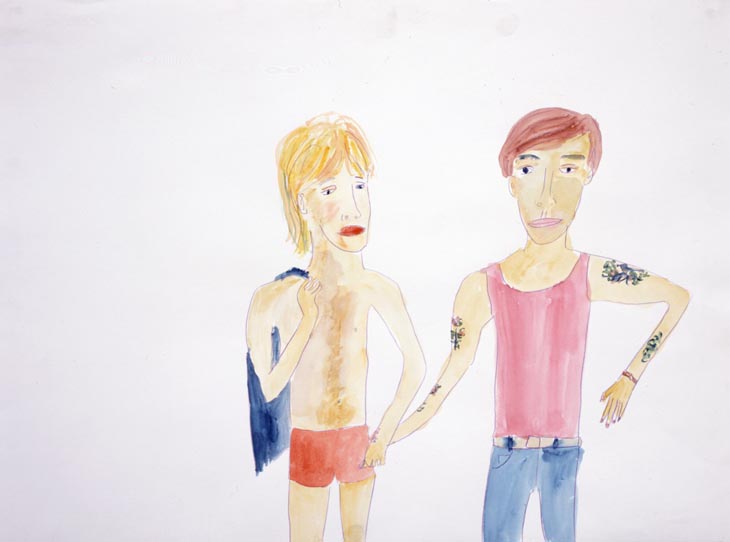
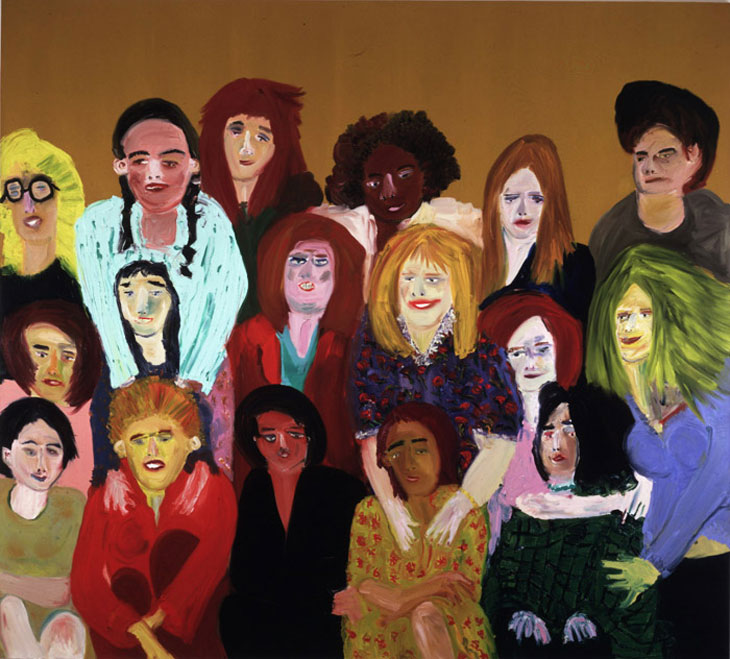



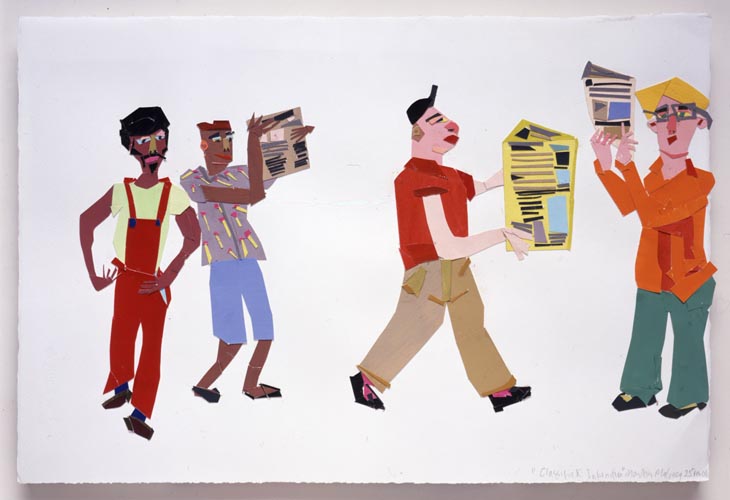
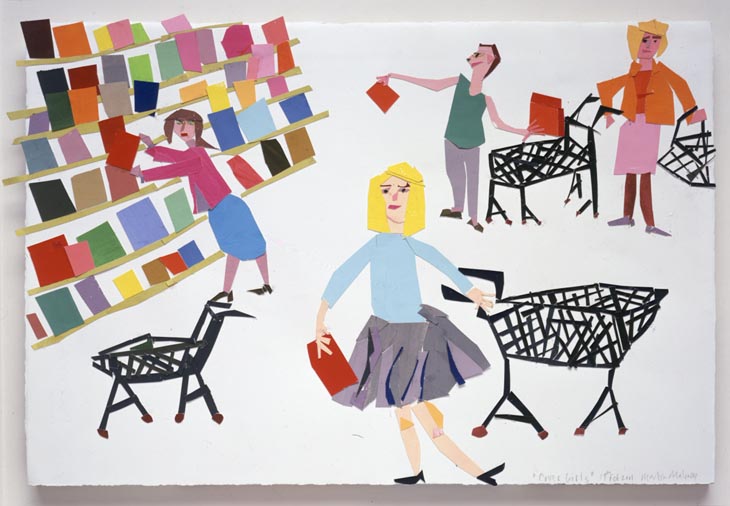
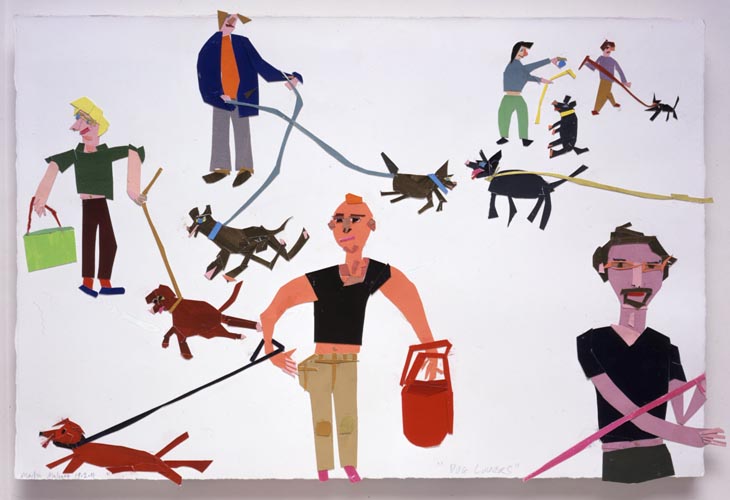
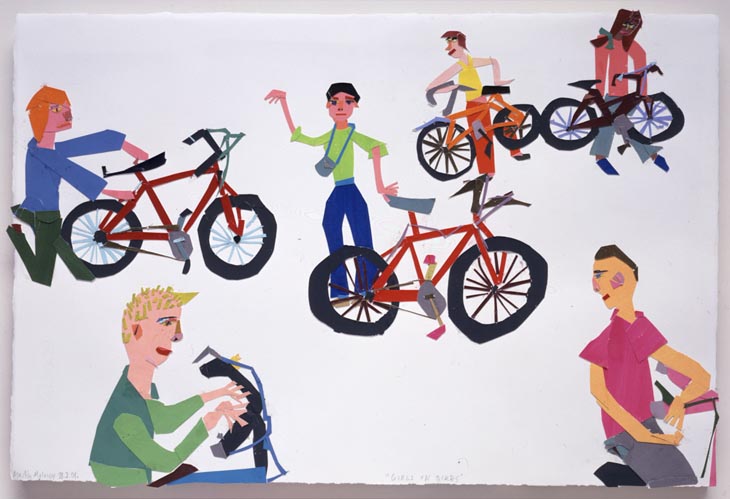
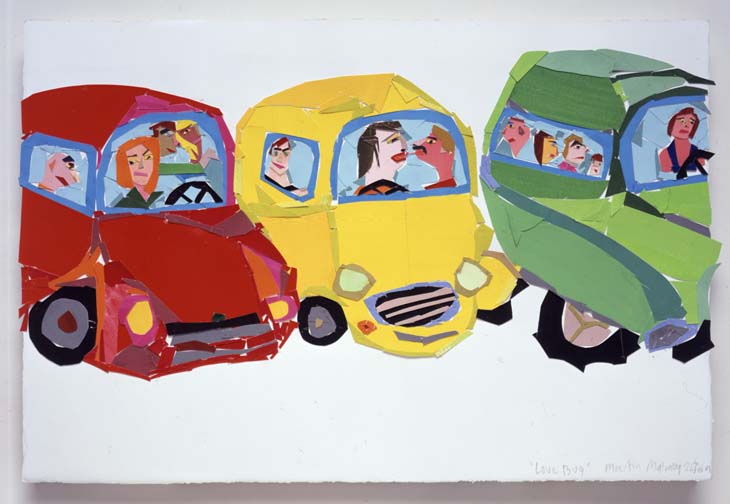
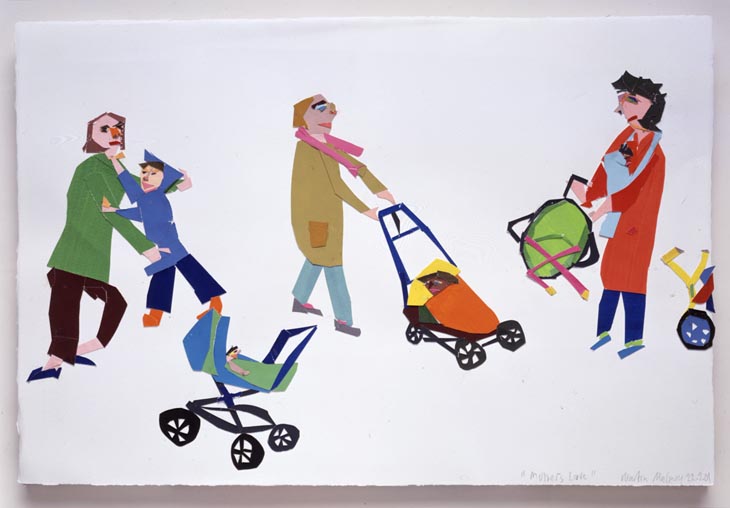
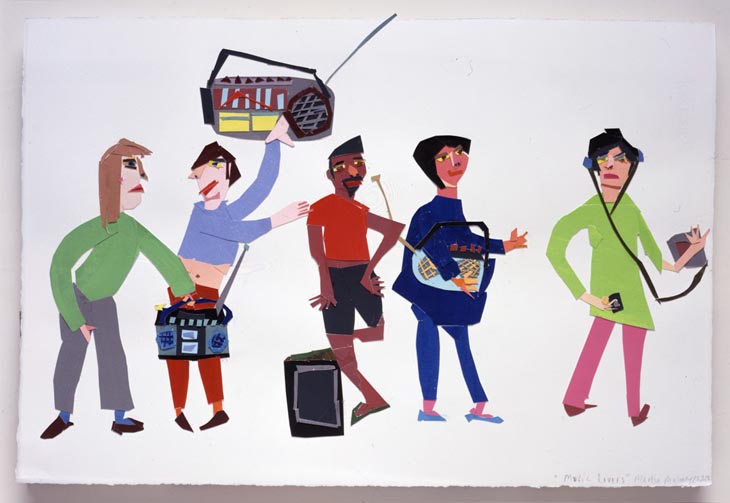
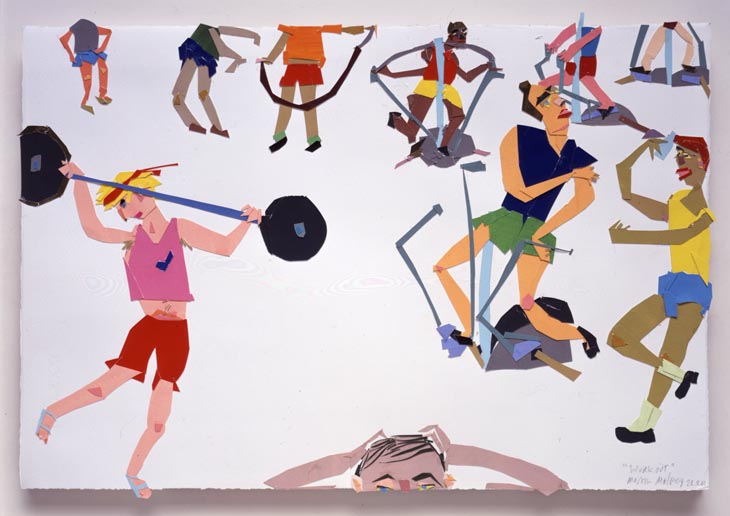
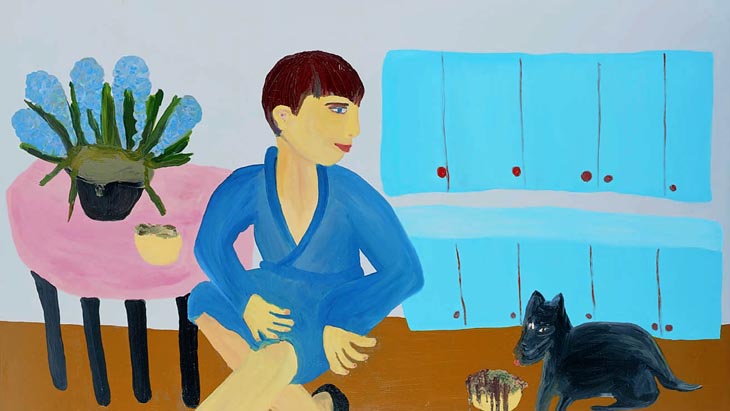
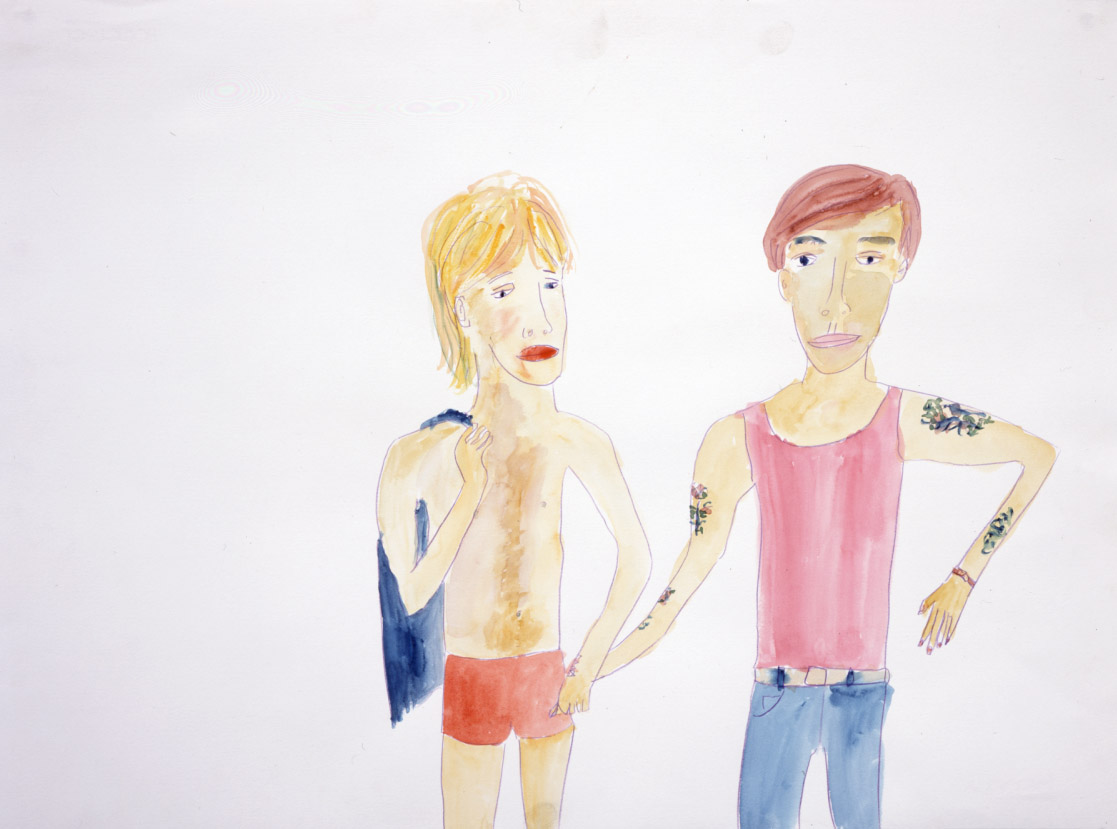
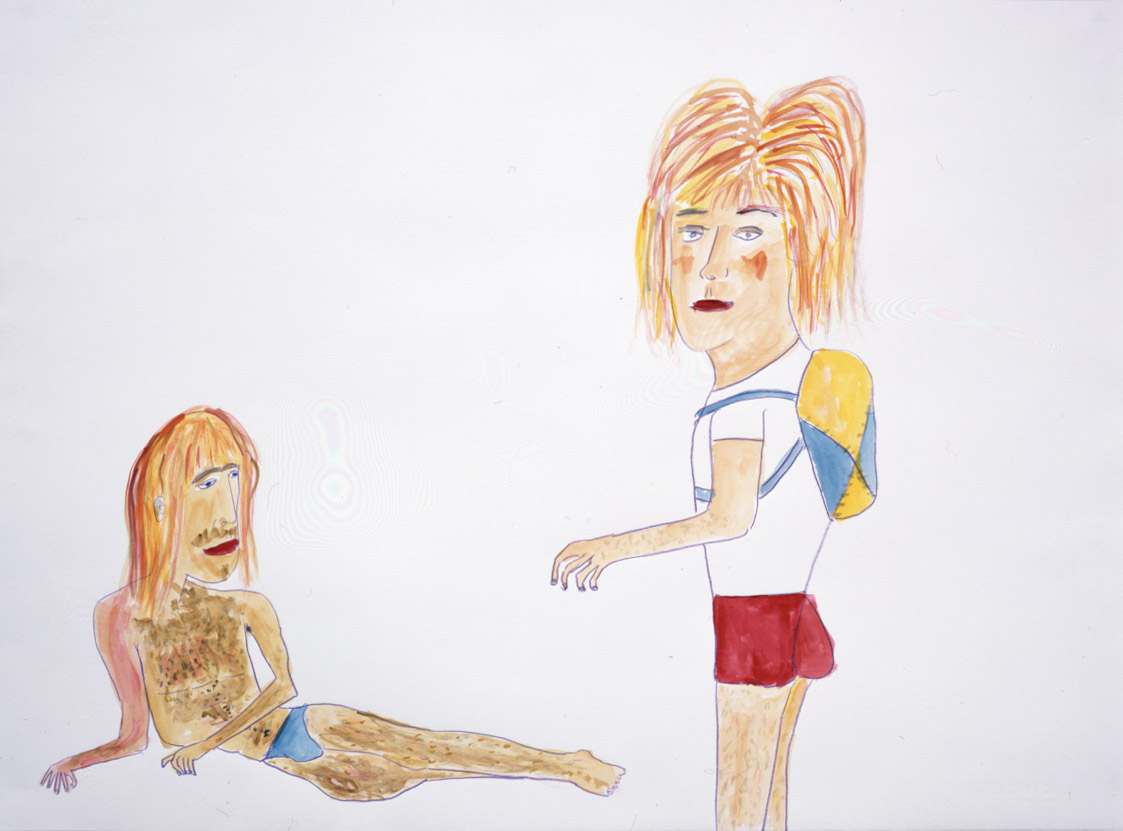
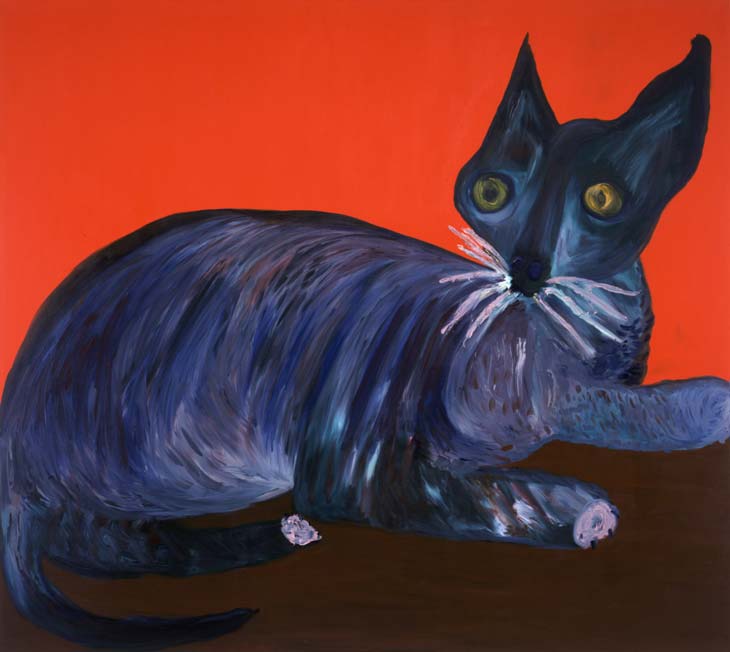
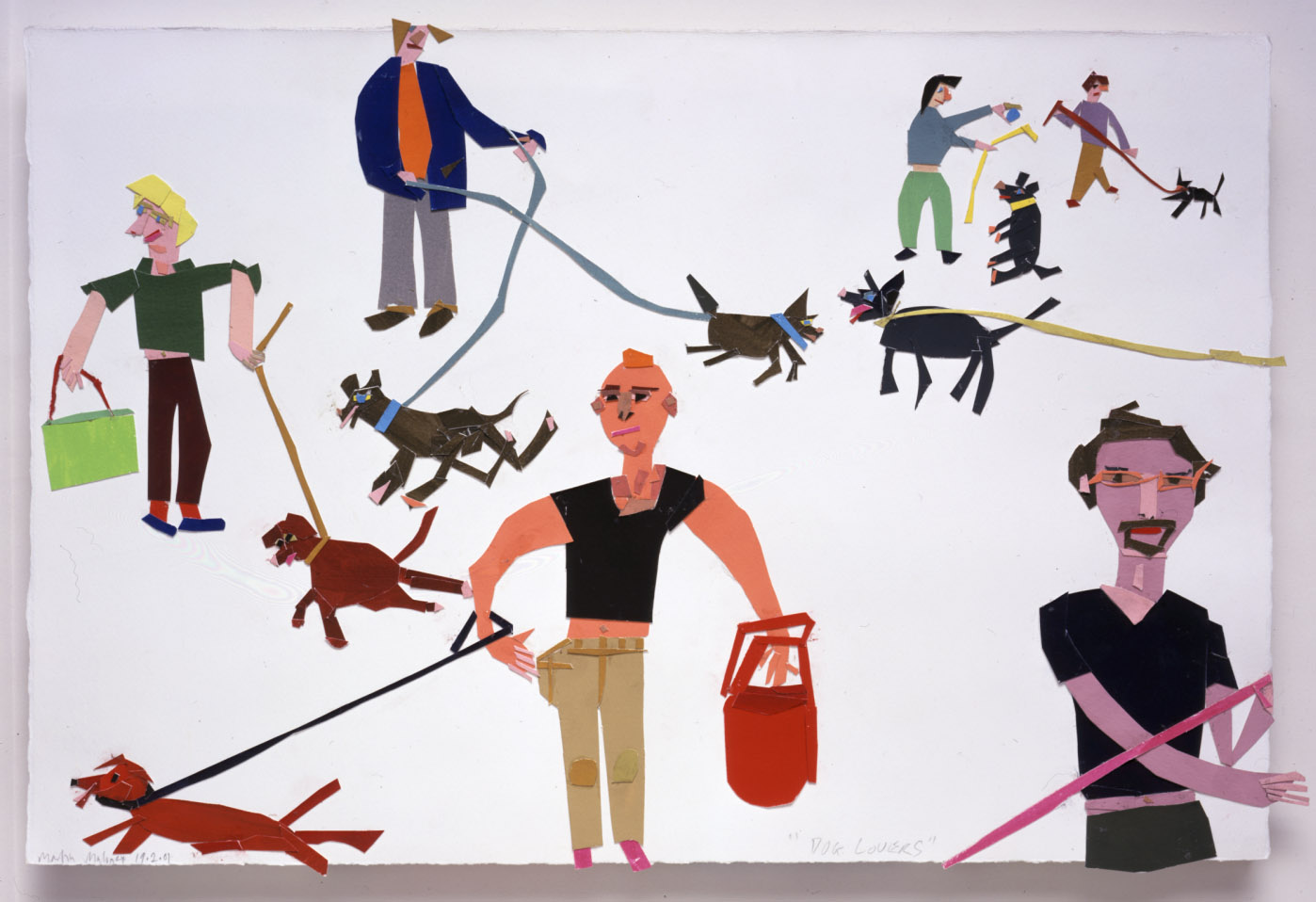
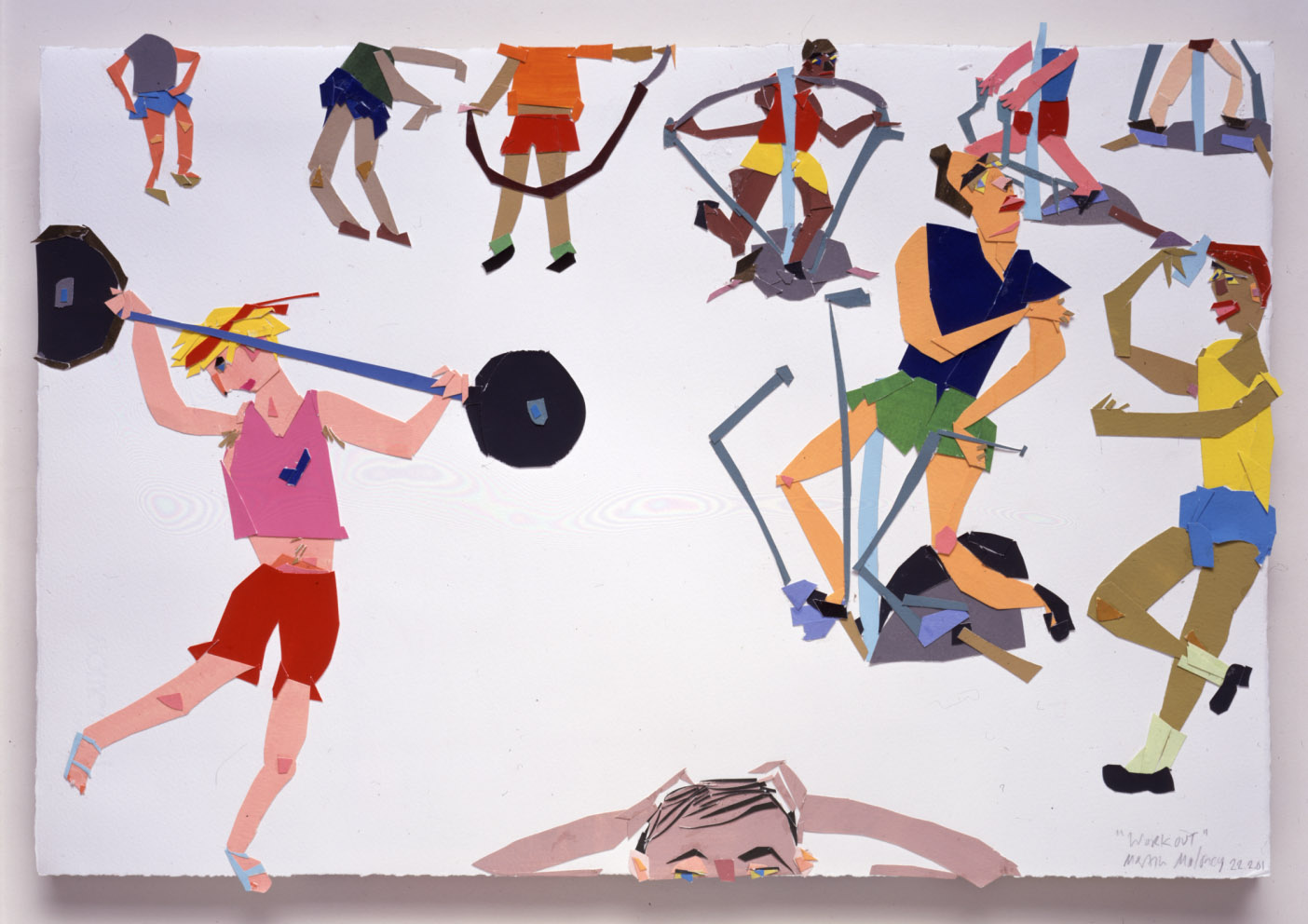
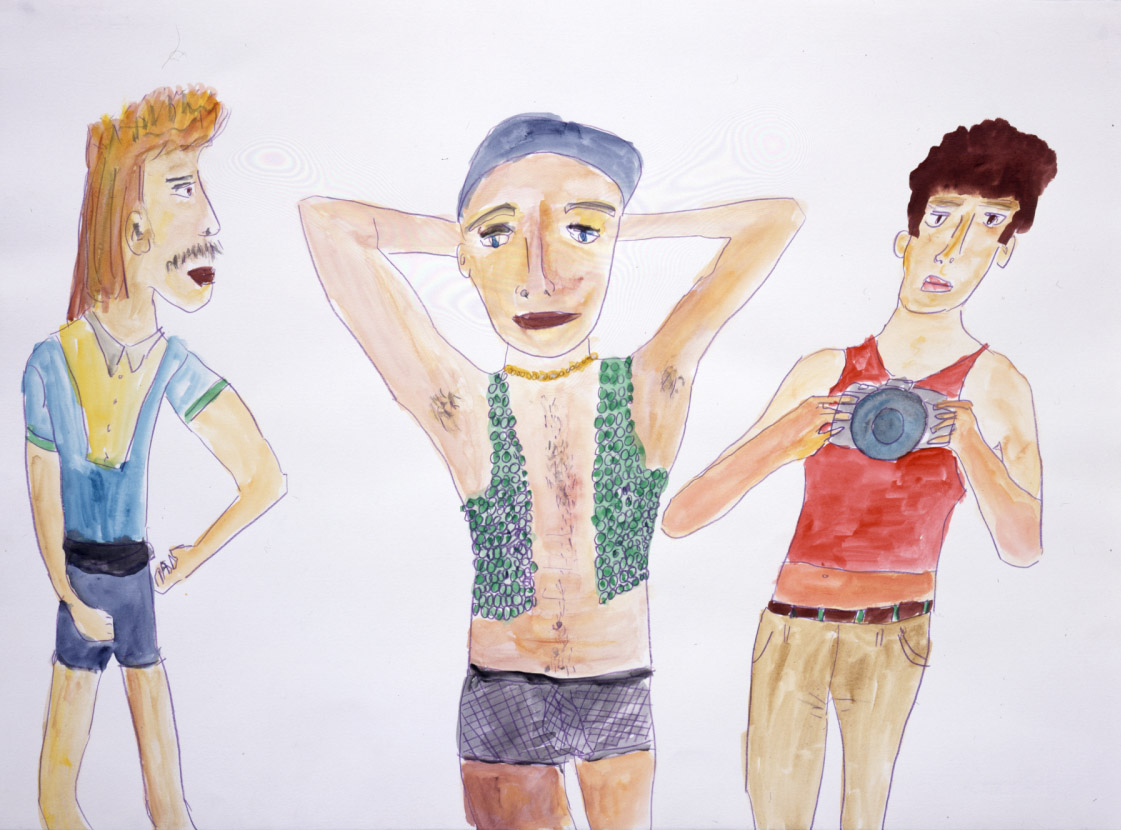
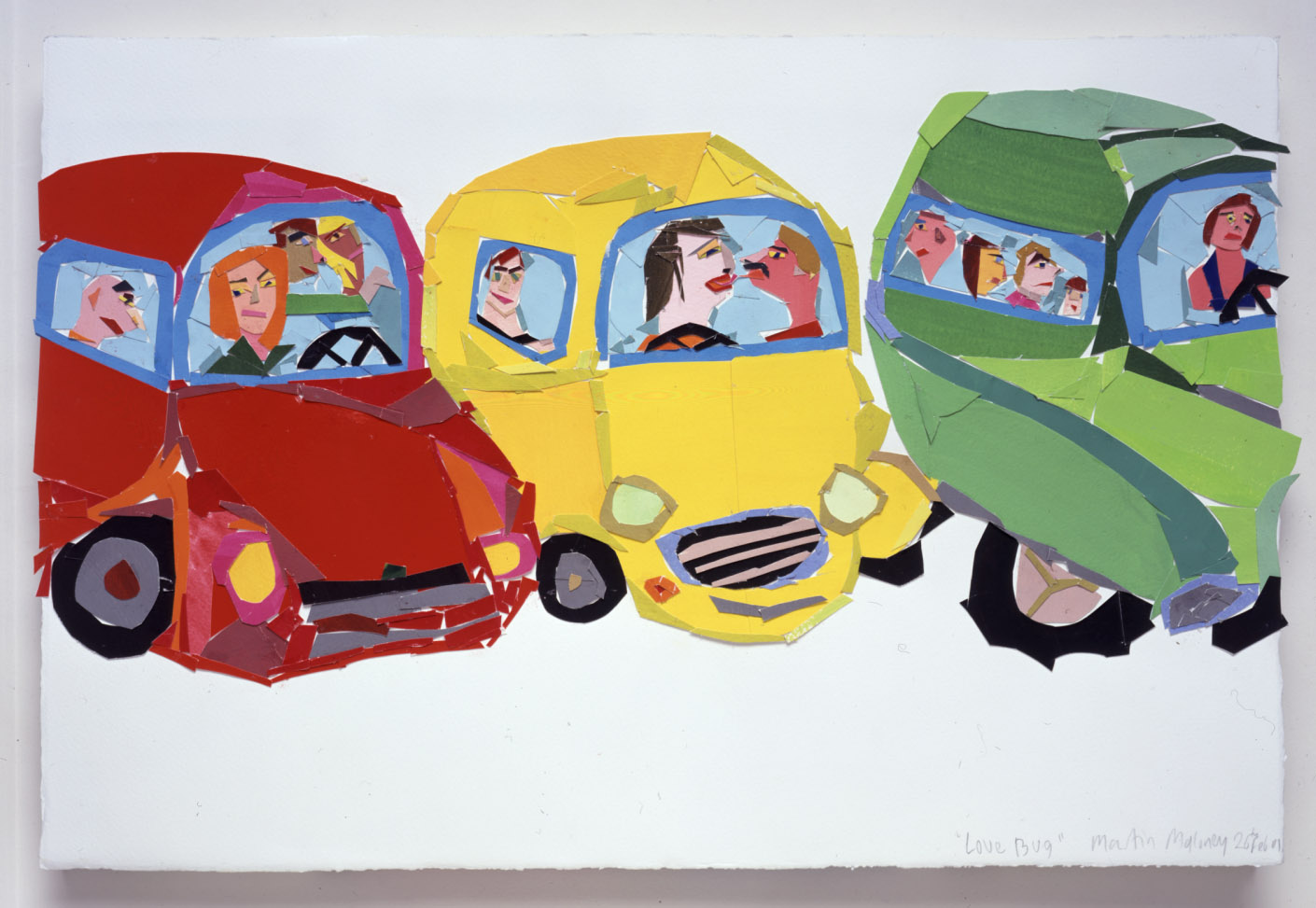
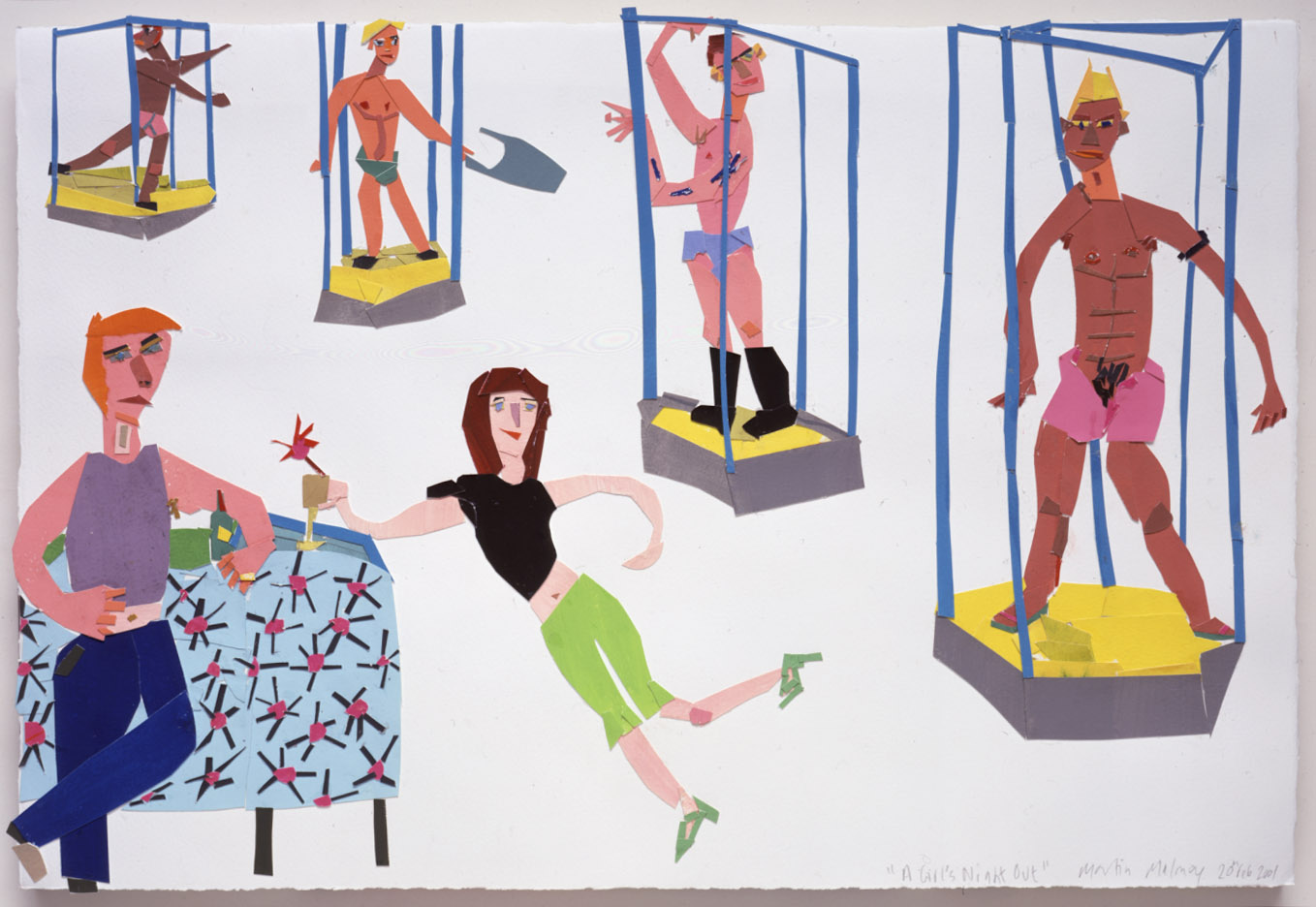
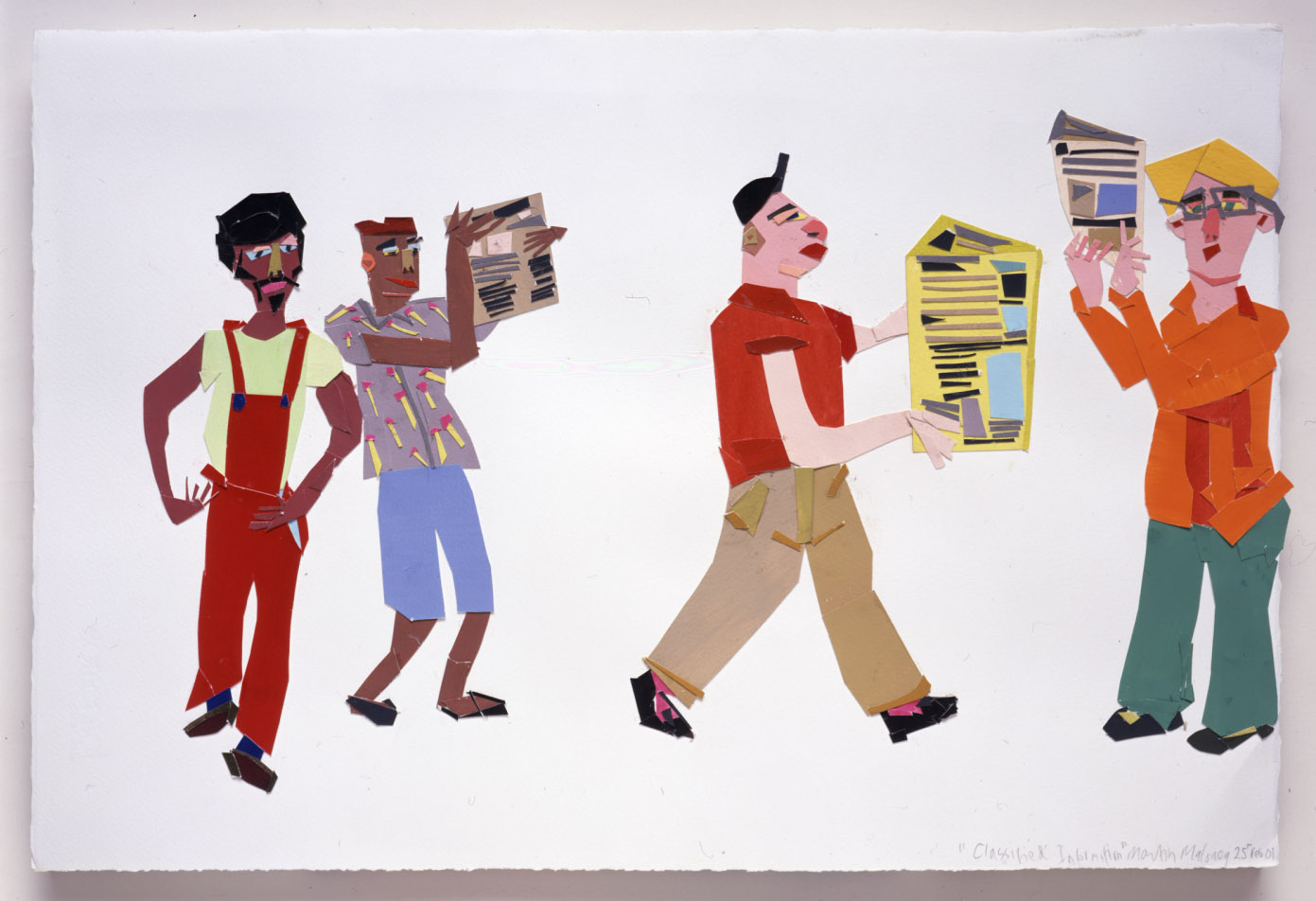
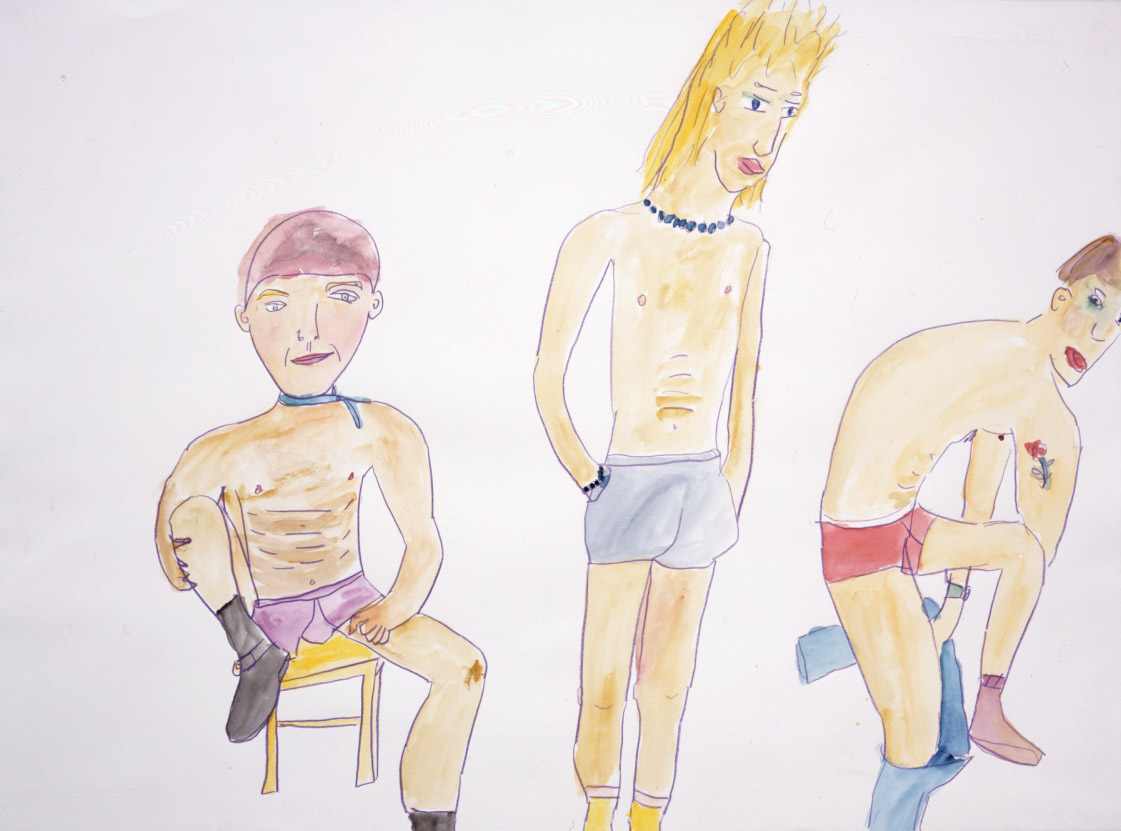
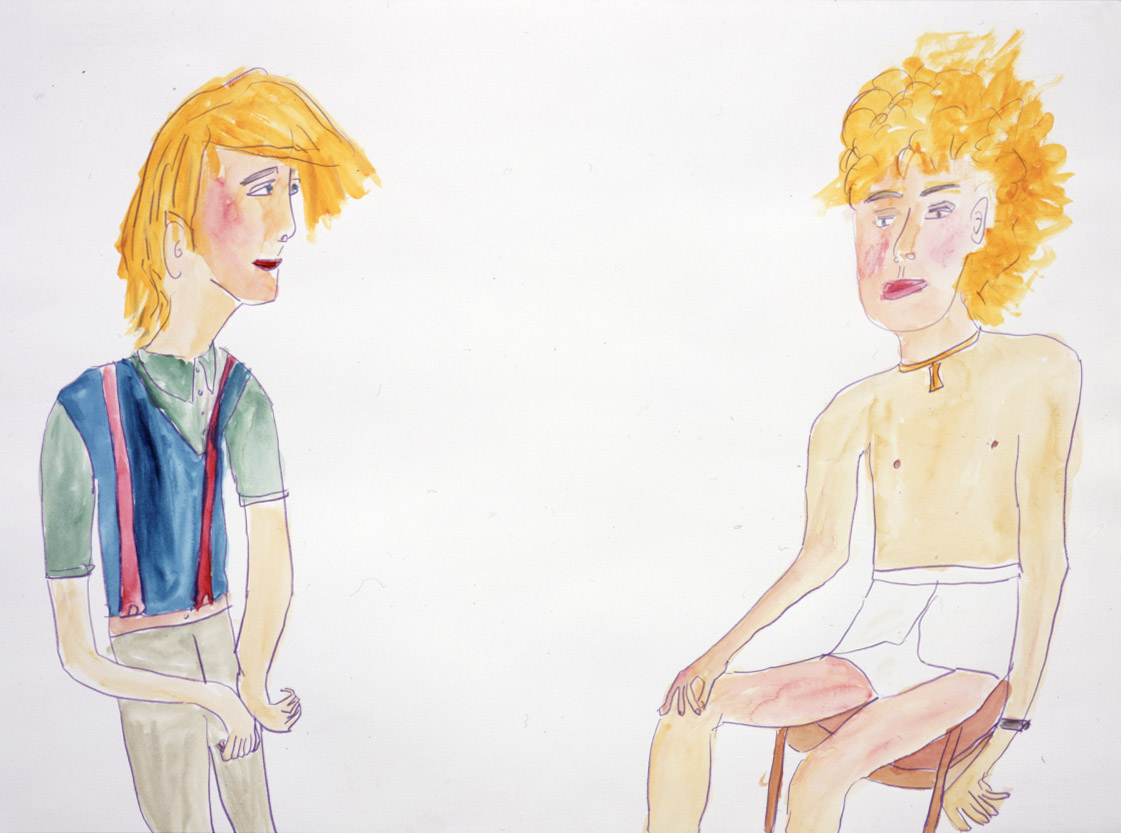
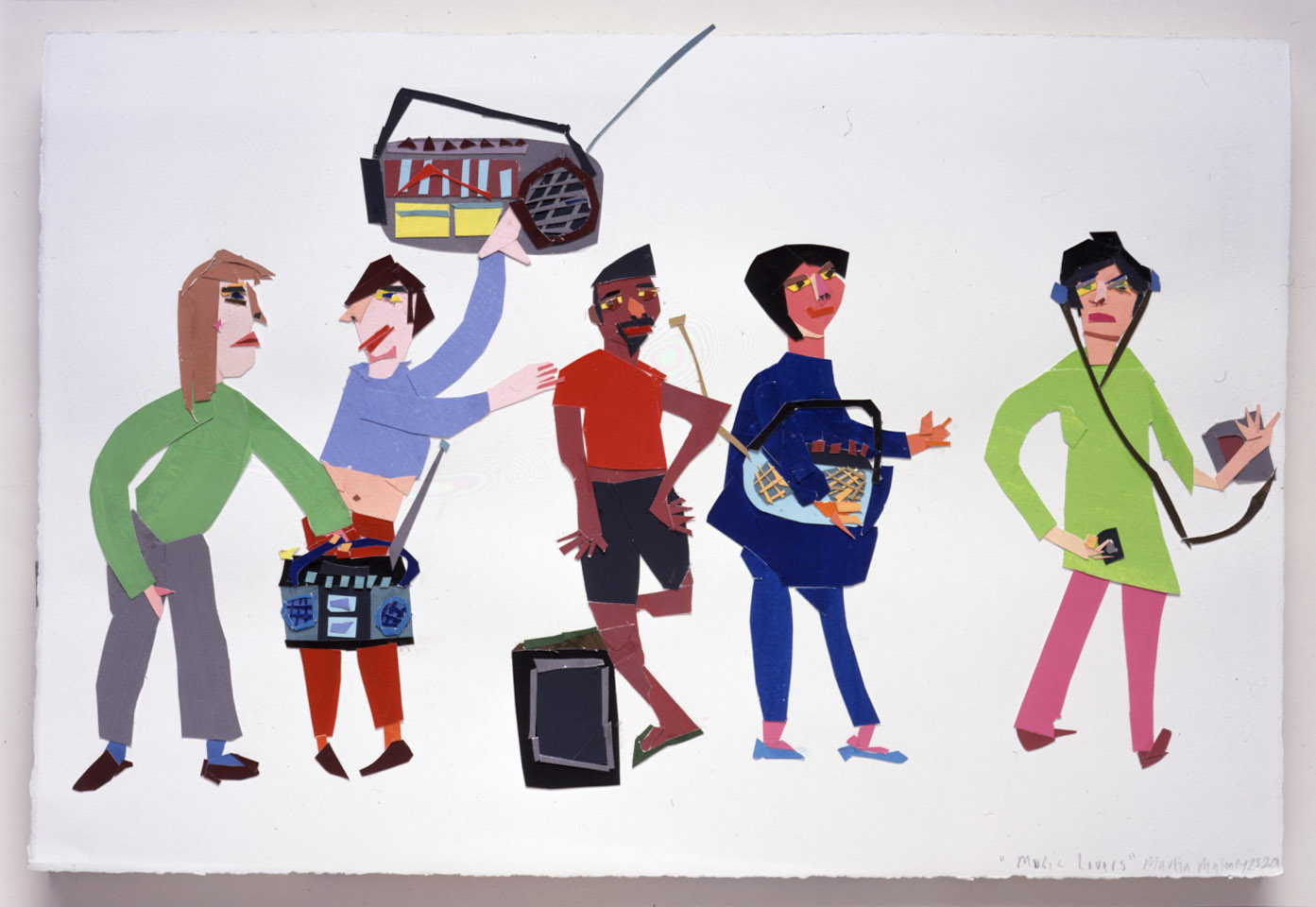
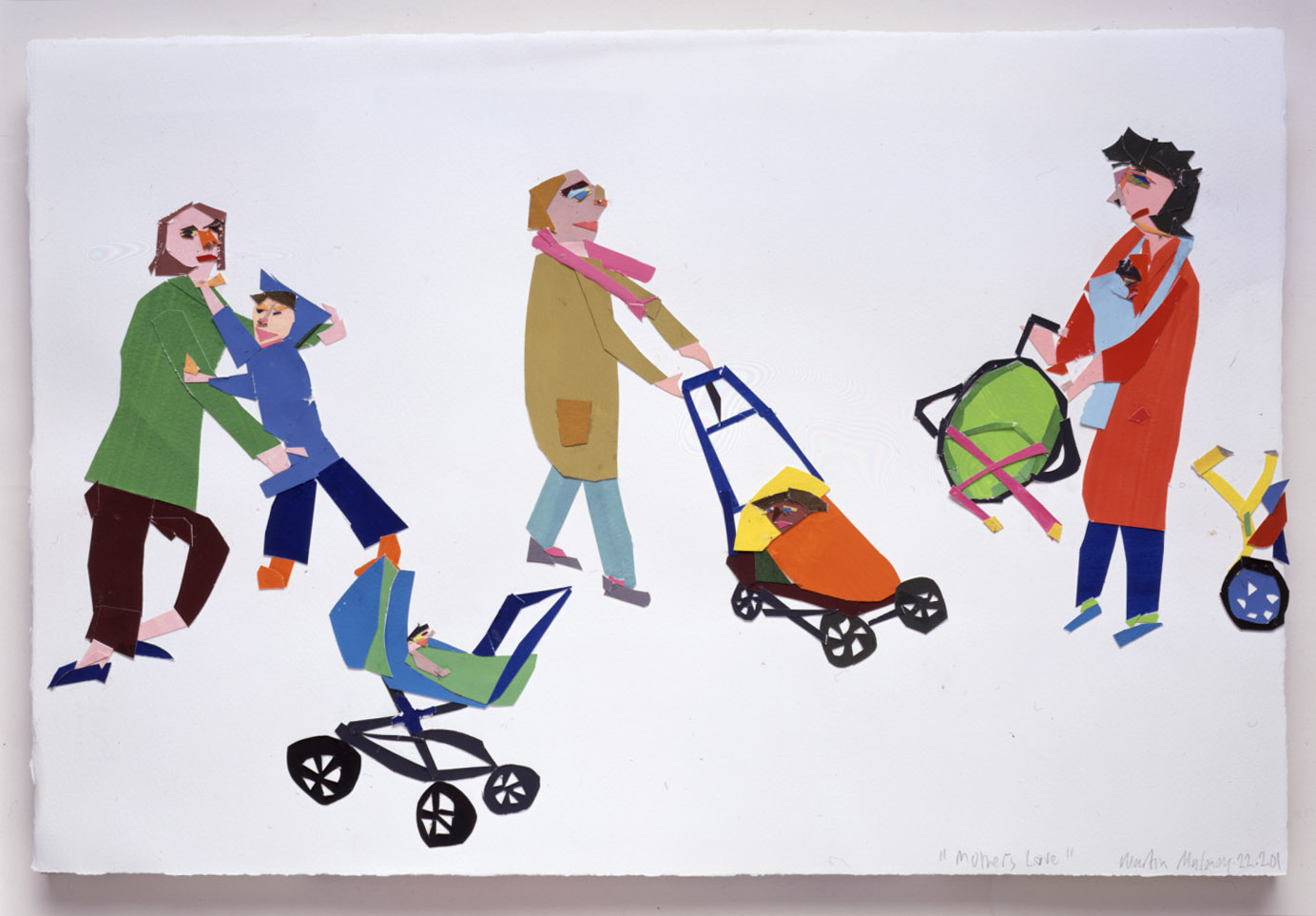
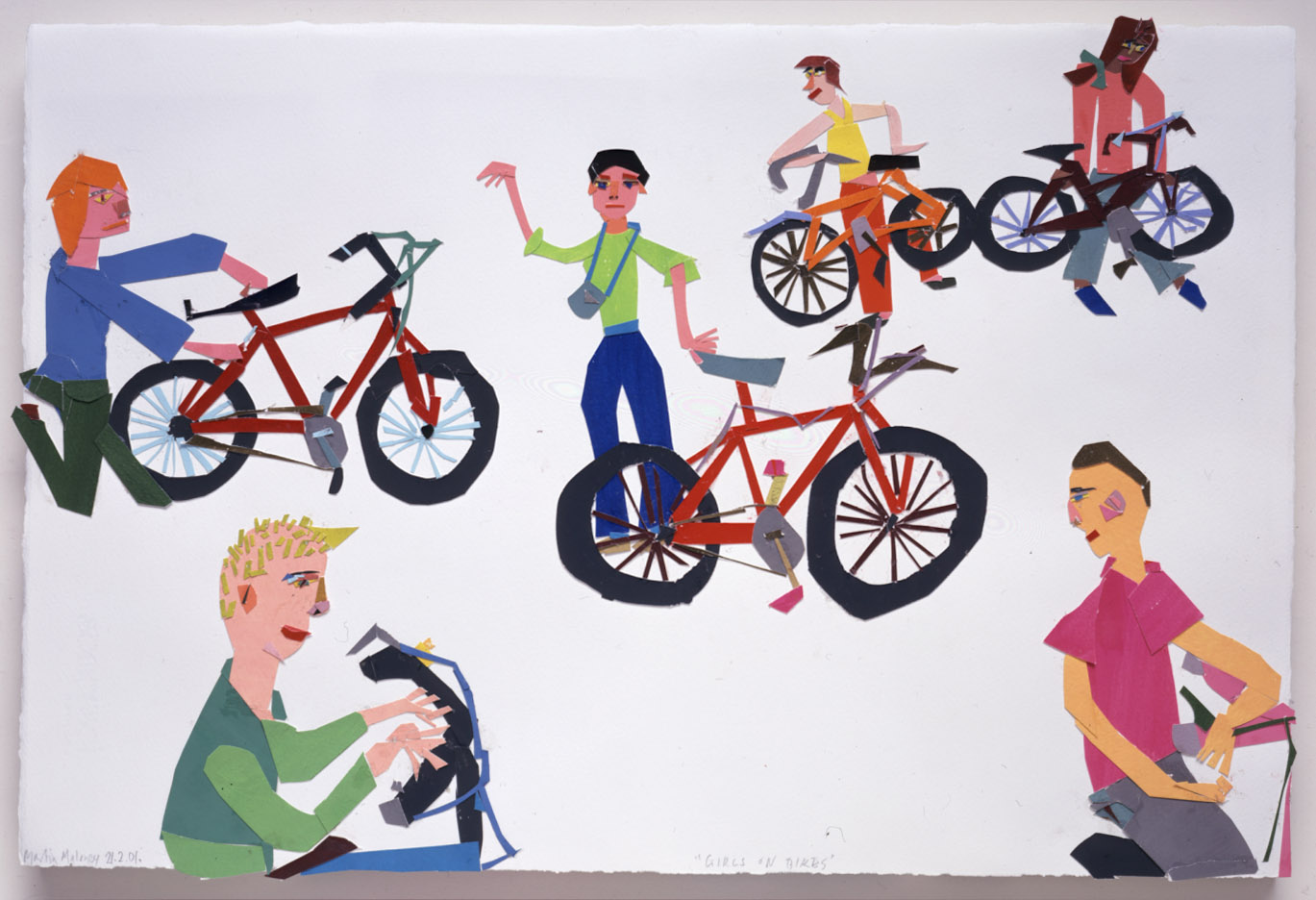

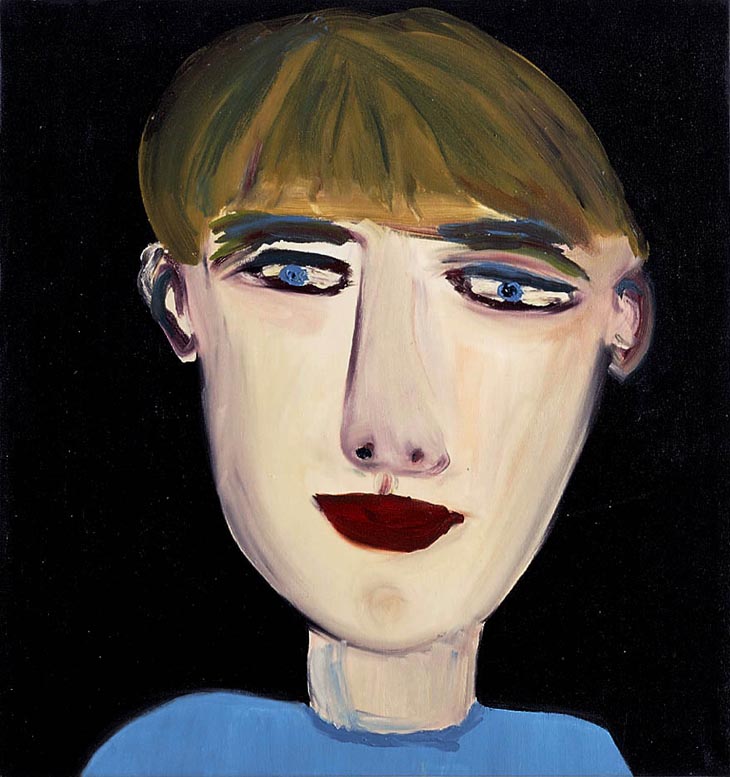
.jpg)
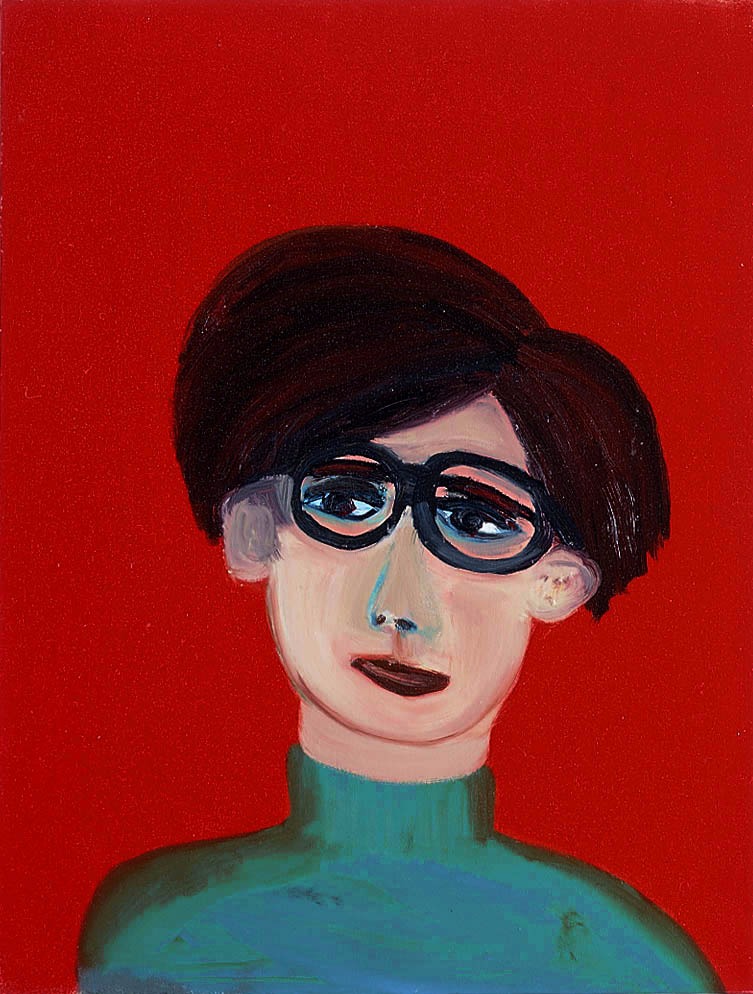
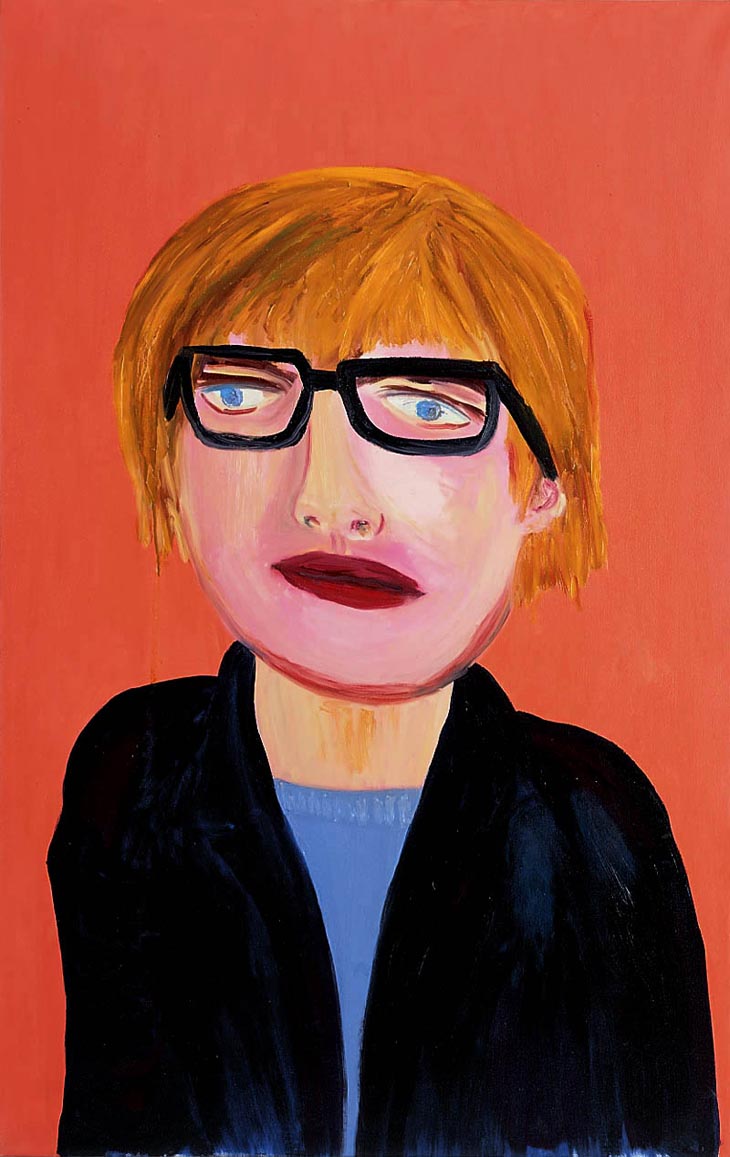
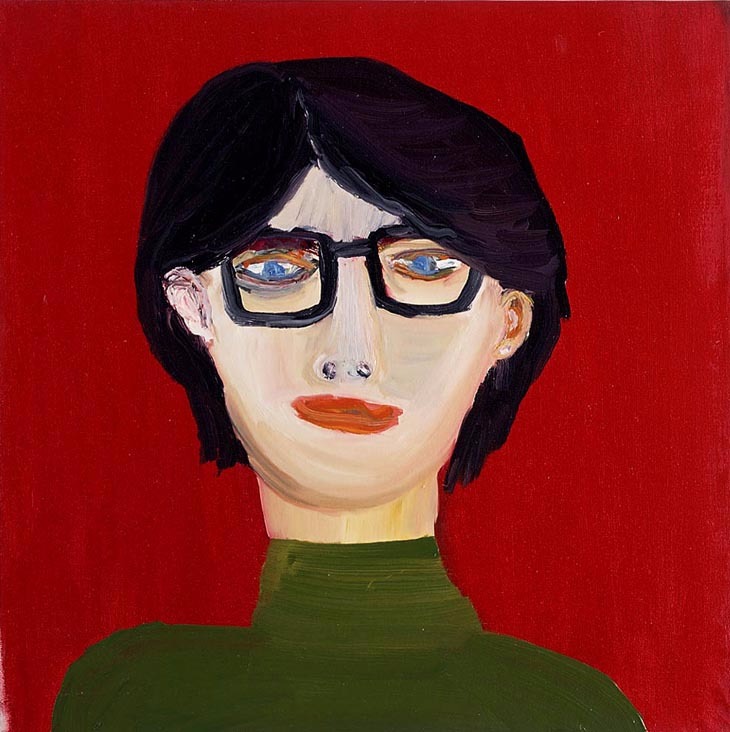
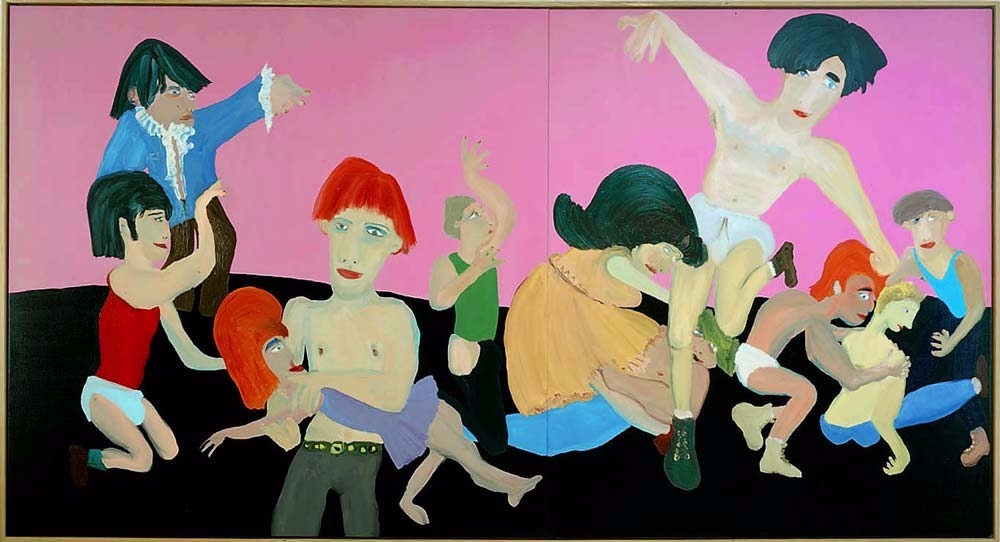
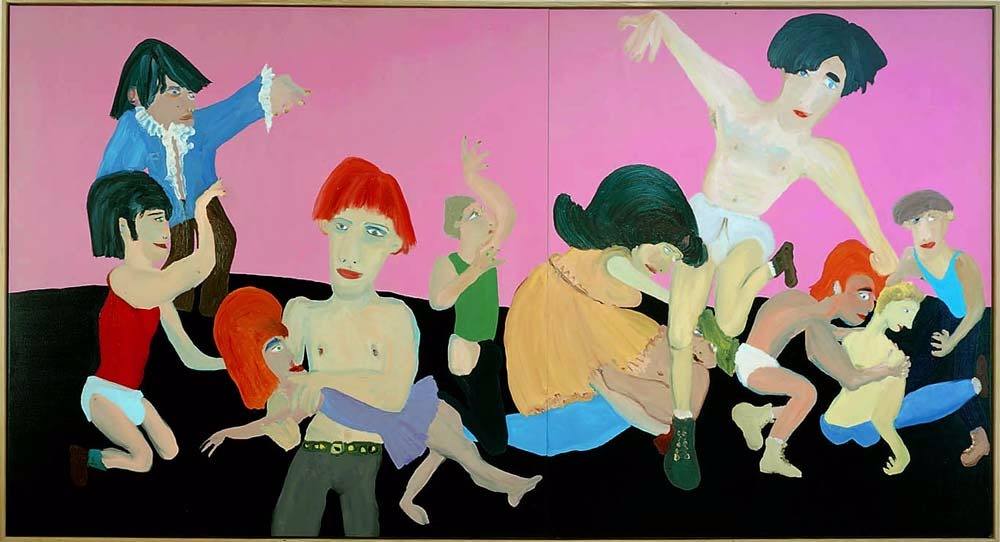
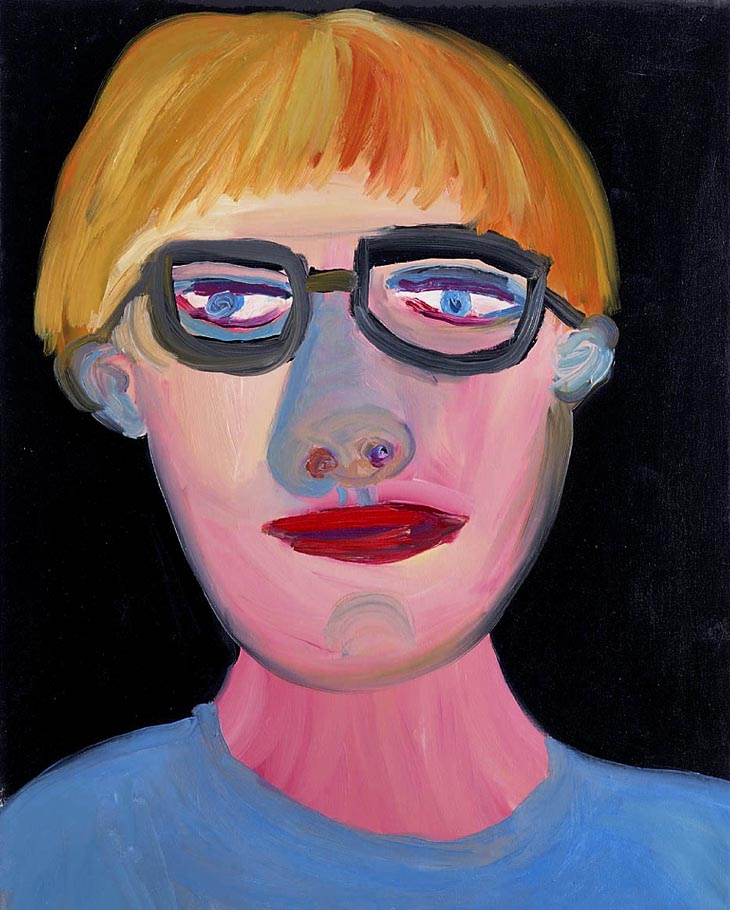
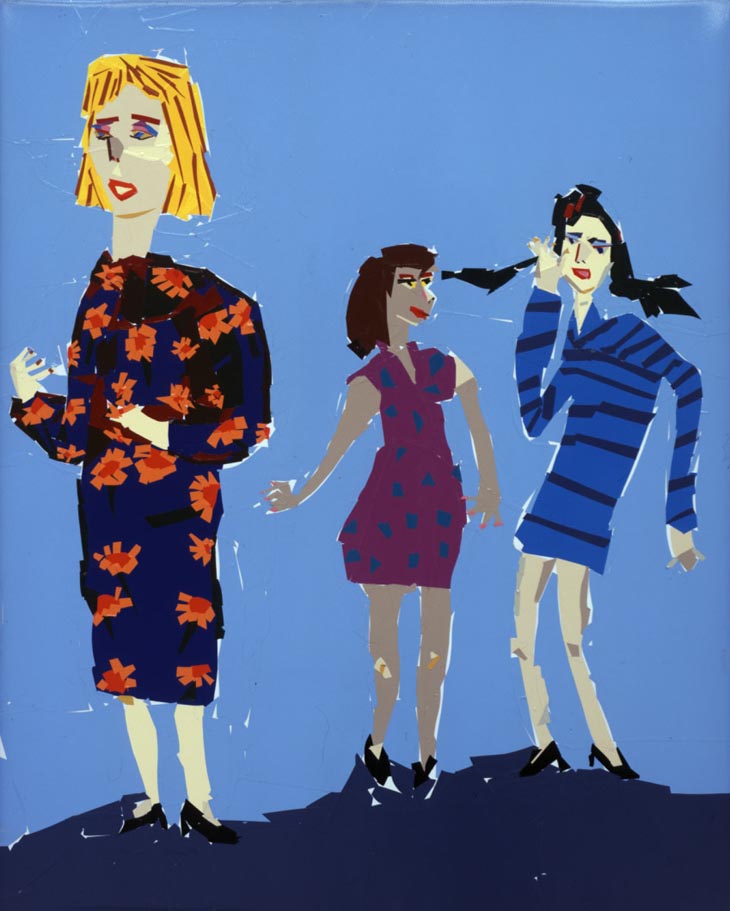
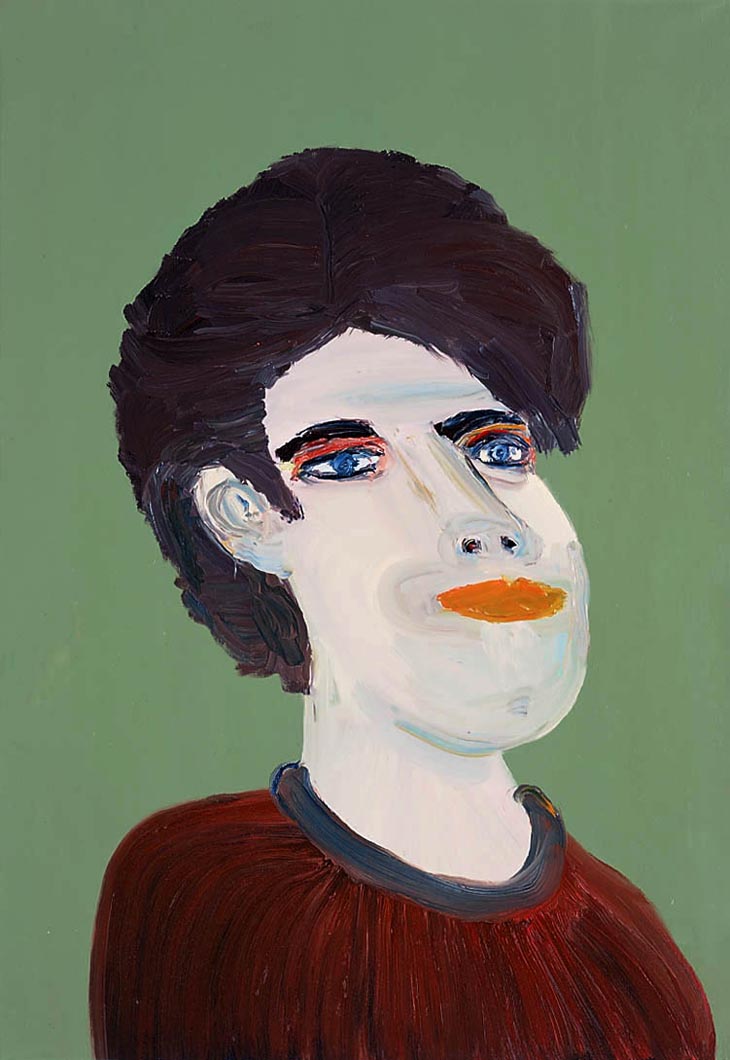

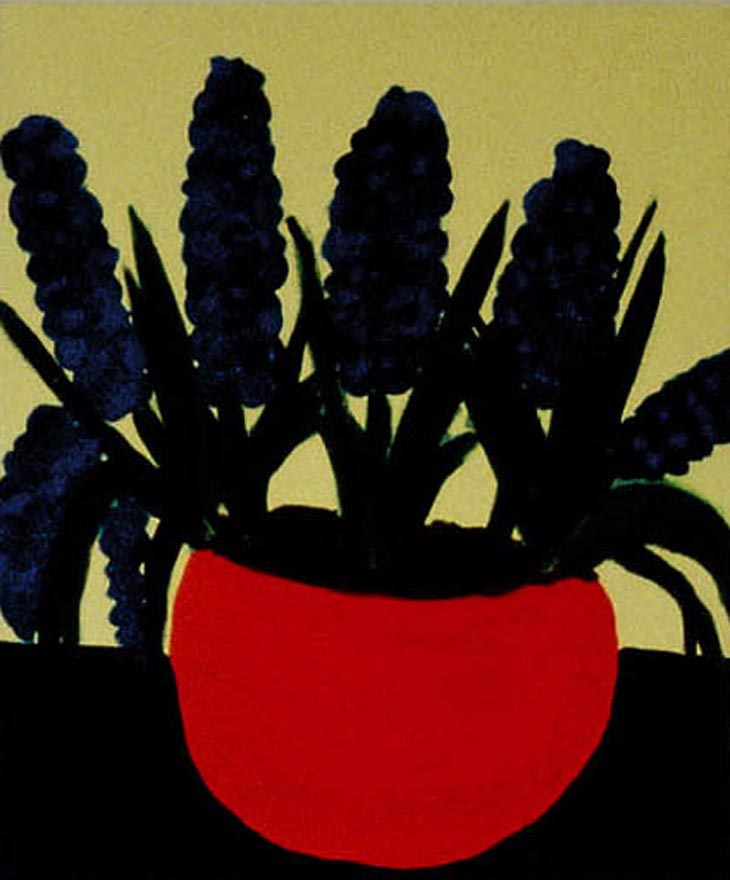
Martin Maloney
Artist Martin Maloney, trained at St Martin's School of Art and Goldsmith's College in London. He came to prominence in 1999 as one of the artists featured in `New Neurotic Realism' at the Saatchi Gallery.
Martin Maloney’s Hercules is one hot stud: Rod Stewart hair, chest merkin and red Speedos. Like in Poussin’s allegory, he’s pulled two birds, Vice and Virtue, and now has to make a choice. He’s already in like Flynn with Vice: a hot-tomato single mum with Christina Aguilera’s taste in clothes. But his eyes are leaning towards the Olivia Newton-John goody-goody – she’s gonna be no easy task. It’s Maloney’s contemporary twists that make this painting especially funny: Poussin’s finely rendered drapery is substituted with a beach towel, Vice’s sweet cherub’s transformed into a latchkey brat. A little divine romance for the high street.
Martin Maloney makes social observation paintings, trendy and casual, like jeans ads, or thirty-something sitcoms. His anecdotal scenes are contemporary adaptations of the type of genre paintings, still life’s and portraits seen in historical paintings from artists such as Poussin, Vermeer, and Watteau.
The urban landscape of London artist Martin Maloney is one that is colourful and matter-of-fact, not grey and grim. One could almost say defiantly cheerful. Maloney is an instinctive painter whose works display a vibrancy through much use of patterning and decoration.
He presents cheery views of life in the singles scene: humorous, awkward, and seductive despite the flaws. Maloney paints 30-somethings in a style that is smart-casual; layered references to art history patched together in faux-naïf. Rendered with all sincerity, Maloney injects a little bit of tragedy into PC-inspired happiness.
Martin Maloney’s collages operate like magazine imagery; fun is idealized by groups of people hanging out. Attention is always paid to the things that count: clothing, hairstyles, radios, and pets. But Maloney’s product placement seems more like evidence of unfulfilment than success.
Painting versions of people he’s seen on the street, in his neighbourhood, in his grocery store, Maloney places them in delightful pastoral situations which both mirror and lovingly mock en vogue circumstance and fancy. His messy painting style is comically accurate, his figures are all too familiar, each one with an imagined personality and history completely unique to them
With his first foray into large-scale collage, Martin Maloney replicates painting with thousands of individual pieces cut from coloured sticky-backed vinyl. He shares the secret of paint: a large pink mass for a face, a splotch of white and a line of yellow for a highlight, two semicircles of blue for eyeshadow. Loads of little stringy bits clumped together make a shaggy dog. This leisurely day in the park just isn’t as easy as it looks: this process is as intricate and labour intensive as assembling a Ravenna mosaic.
Martin Maloney has a directness in making the complexity of colour relationships normally associated with abstraction come to life through figuration. He focuses on ordinary but significant details that are simply described with spontaneity and uninhibited pleasure.
Rave is a contemporary version of the seventeenth-century painting, borrowing both subject and composition. Transforming the master’s racy orgy scene (women, men, goats going for it under the hypnotic influence of horn music – painted with the very epitome of tasteful credential), Martin Maloney’s vision of a wild club night of Y-fronted-pantied dancers, and casual snogging seems positively tame. His intentional casual painting style transforms classic mythological high art into a tangible, intimately concerning scene for today .

MMY0037_for_web.jpg)

MMY0033_for_web.jpg)





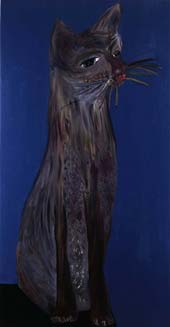


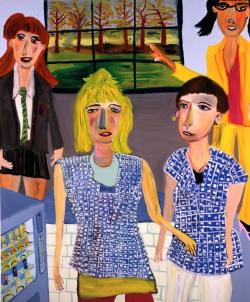





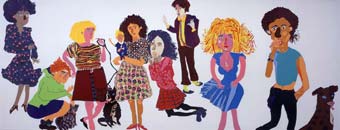

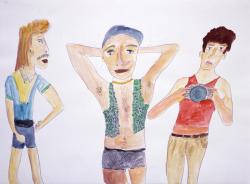






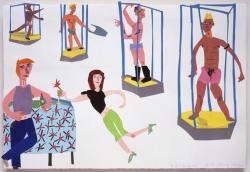























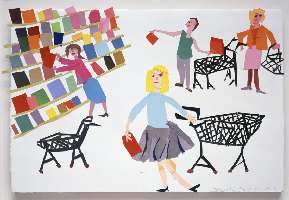

.jpg)









